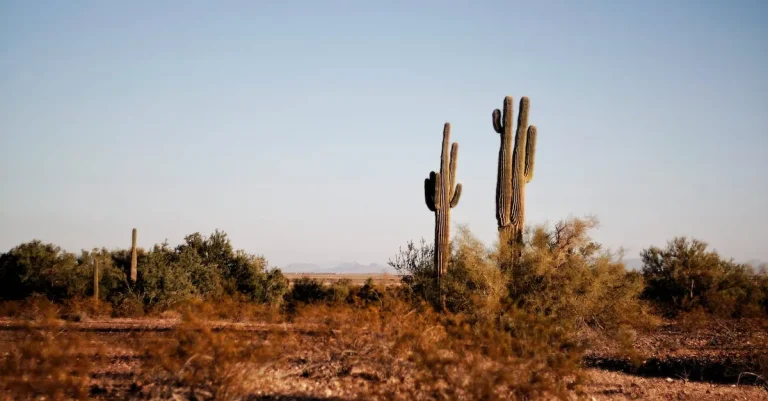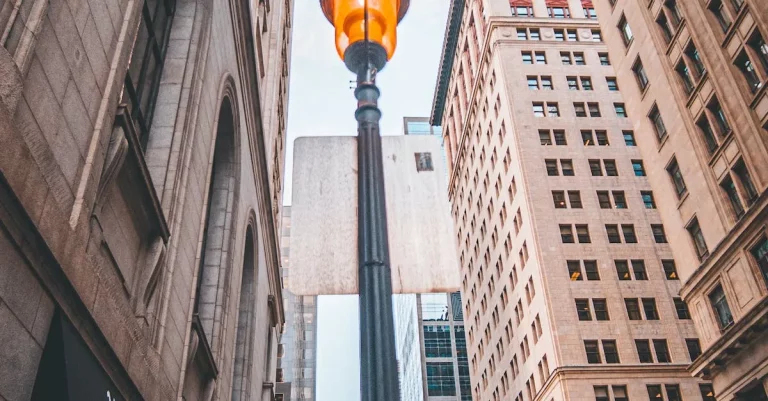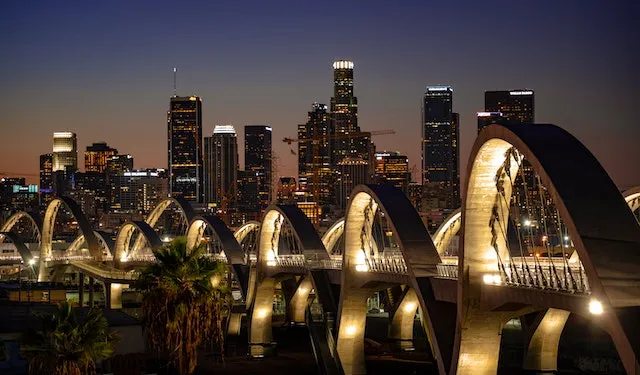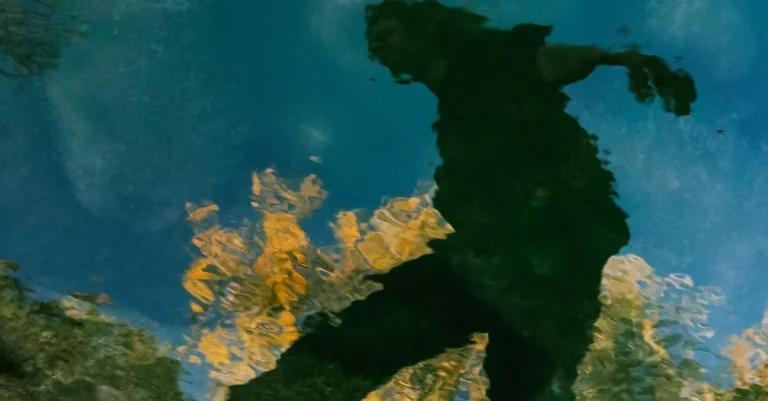What Is Seattle’S Weather Like? A Local’S Guide
With its lush evergreen forests and mountainous landscape, Seattle is a city that is deeply shaped by its climate. If you’re considering a move to the Emerald City or planning a trip, you probably have some questions about Seattle’s notorious rainy weather.
If you’re short on time, here’s a quick answer: Seattle has a temperate marine climate, characterized by mild, wet winters and warm, relatively dry summers. It rains frequently but lightly throughout fall, winter, and spring. Summers see a mix of sun and clouds and highs in the 70s.
In this comprehensive guide, we’ll walk through the key elements that define Seattle’s climate: rain, clouds, seasons, and more. We’ll break down monthly temperature and rainfall averages and highlight the best and worst weather months. You’ll also get insider tips from Seattleites on how to make the most of the weather in the Pacific Northwest’s biggest metropolis.
By the end, you’ll understand why Seattleites don’t use umbrellas, how much rain the city actually gets, and how to plan outdoor activities with the weather in mind. Whether you love rainy days or prefer sunny skies, read on to learn all about this complex coastal climate.
Seattle’s Rainy Reputation
When it comes to Seattle’s weather, the first thing that comes to mind for many people is rain. The city has gained a reputation for its damp and drizzly climate, which is not entirely unfounded. However, it’s important to note that Seattle’s weather is not as gloomy as some may think.
While rain is indeed a common occurrence, there are also many days of sunshine and mild temperatures throughout the year.
Seattle’s Year-Round Drizzle
Seattle experiences a relatively high amount of rainfall throughout the year. The city’s proximity to the Pacific Ocean and its location in the Pacific Northwest contribute to its damp climate. On average, Seattle receives about 37 inches of rain annually.
However, it’s worth mentioning that the rainfall is spread out over the course of the year, with no single month receiving an excessive amount of rain.
Rainiest Months and Heaviest Downpours
While rain is a regular occurrence in Seattle, there are certain months that tend to be rainier than others. The months of November and December typically see the highest amount of rainfall, with an average of around 5 inches per month.
Additionally, Seattle occasionally experiences heavy downpours known as “Pineapple Express” storms, which are caused by warm, moist air from the Hawaiian region. These storms can bring heavy rain and strong winds to the area.
Why Seattleites Don’t Use Umbrellas
One interesting fact about Seattle’s rainy reputation is that many locals don’t use umbrellas. This may seem counterintuitive, but there is a logical explanation behind it. Seattleites have adapted to the rain by embracing waterproof clothing and practical rain gear, such as rain jackets and waterproof boots.
The city’s light drizzle also makes it easier to navigate without an umbrella, as it doesn’t typically pour down heavily. Additionally, using an umbrella in a crowded city can be cumbersome, so many residents simply opt to go without.
It’s important to remember that while Seattle may have a rainy reputation, the city has much more to offer than just gloomy weather. Its stunning natural beauty, thriving arts scene, and vibrant cultural attractions make it a must-visit destination regardless of the forecast.
Seasonal Weather and Temperatures
Spring: Mild with Longer Days
Spring in Seattle is a delightful time of year, with mild temperatures and longer days. As the city emerges from the gray gloom of winter, the cherry blossoms start to bloom, filling the streets with vibrant colors.
The average temperature in spring hovers around 60°F (15°C), making it the perfect time to explore the city’s many parks and outdoor spaces. Don’t forget to pack an umbrella, though, as spring showers are common in Seattle.
Summer: Warm, Dry Season
Summer in Seattle is a beloved season by locals and visitors alike. From June to September, the city experiences warm and dry weather, with temperatures averaging around 75°F (24°C). This is the perfect time to enjoy outdoor activities like hiking, kayaking, or simply lounging by the waterfront.
The long days provide plenty of sunshine, giving you ample time to explore the city’s numerous attractions and soak up the stunning views of the surrounding mountains and water.
Fall: Chilly, Wet Transition
Fall in Seattle marks the transition from the warm summer season to the chilly winter months. As the leaves start to change color, the city becomes a picturesque landscape. However, it is also a time of increased rainfall, so be prepared with a raincoat and waterproof boots.
The temperatures in fall range from 45°F to 60°F (7°C to 15°C), making it a great time to explore the city’s museums, coffee shops, and cozy indoor spaces.
Winter: Dark, Rainy, and Mild
Winter in Seattle is characterized by dark, rainy days and mild temperatures. The city experiences an average of 155 rainy days per year, so be sure to pack your rain gear. However, the temperatures rarely drop below freezing, with averages ranging from 40°F to 50°F (4°C to 10°C).
It’s a great time to indulge in the city’s thriving food and coffee scene, explore the many indoor attractions, or simply cozy up with a book in one of Seattle’s numerous cafes.
Climate Variation Across the Region
Seattle’s weather is known for its variability, with climate patterns that can change dramatically within short distances. This is due to the unique geographical features of the region, which create microclimates and result in diverse weather conditions across different neighborhoods.
Understanding these climate variations can be helpful for both residents and visitors to plan their activities and dress appropriately.
The Puget Sound Convergence Zone
One of the factors that contribute to Seattle’s fluctuating weather is the Puget Sound Convergence Zone. This is an area where air masses from the north and south converge, leading to the formation of clouds and precipitation.
As a result, neighborhoods lying within the convergence zone experience more rainfall compared to those located outside of it. In fact, the convergence zone is often responsible for localized heavy showers and even thunderstorms, while areas just a few miles away may remain dry.
For those planning outdoor activities, it is important to keep an eye on weather forecasts and be prepared for sudden changes in conditions, especially if you are in or near the convergence zone. It’s always a good idea to carry an umbrella or raincoat, as you never know when a passing shower might occur.
Less Rain in the Rain Shadow
While Seattle is known for its rain, there are areas within the region that receive significantly less precipitation. This is due to the rain shadow effect created by the Olympic Mountains to the west.
As moisture-laden air from the Pacific Ocean moves eastward, it is forced to rise and cool, resulting in the formation of clouds and rainfall on the western slopes of the mountains. However, as the air descends on the eastern side, it warms up and dries out, leading to less rainfall in areas such as Bellevue, Redmond, and parts of the Eastside.
If you prefer drier weather, exploring neighborhoods in the rain shadow can be a great option. These areas tend to receive less rainfall and have more sunny days throughout the year. However, it’s important to note that even in these regions, precipitation can still occur, so it’s always a good idea to carry a light jacket or umbrella just in case.
Microclimates Shape Neighborhoods
Seattle’s diverse topography and proximity to bodies of water contribute to the formation of microclimates, which further shape the weather patterns in different neighborhoods. For example, areas near the water, such as West Seattle and Alki Beach, tend to be cooler and experience more maritime influence, with foggy mornings and cooler summer temperatures.
On the other hand, neighborhoods that are located further inland, like Capitol Hill and Queen Anne, tend to be warmer and have less maritime influence.
Understanding these microclimates can be helpful when choosing where to live or visit in Seattle. Whether you prefer a cooler coastal climate or a warmer inland environment, there are neighborhoods to suit every preference.
For more detailed information on Seattle’s weather patterns and climate data, you can visit the Weather.com website, which provides up-to-date forecasts and historical weather data for the region.
Outdoor Activities for Seattle’s Climate
Hiking in Every Season
Seattle’s climate offers outdoor enthusiasts the opportunity to hike year-round. With its mild temperatures and lush greenery, hiking trails in and around the city are a popular choice for locals and visitors alike.
Whether you’re a beginner or an experienced hiker, there are trails to suit every skill level. From the stunning views of Mount Rainier at Paradise to the serene beauty of the Hoh Rainforest in Olympic National Park, there’s no shortage of scenic hikes to explore.
Don’t forget to pack your raincoat, as Seattle’s weather can be unpredictable even in the summer months!
Summer Water Sports
When the sun is shining and the temperatures rise, Seattleites take to the water to cool off and enjoy a wide range of water sports. From kayaking and paddleboarding on Lake Union to sailing in the Puget Sound, there are plenty of options for water enthusiasts.
The city’s numerous lakes and waterways provide the perfect backdrop for an afternoon of fun and relaxation. Whether you’re a novice or an expert, there are rental options and guided tours available to suit every level of experience. So grab your sunscreen and get ready to make a splash!
Apres-Ski in Winter
While Seattle may not have a ski resort in its immediate vicinity, the city is still a great base for winter sports enthusiasts. With several ski areas within a few hours’ drive, Seattle residents can hit the slopes and enjoy a day of skiing or snowboarding.
After a day on the mountain, head back to the city for some apres-ski fun. Seattle’s vibrant nightlife scene offers a variety of options, from cozy pubs to trendy cocktail bars, where you can unwind and share stories of your day on the slopes.
Sightseeing Without the Rain Gear
It’s no secret that Seattle is known for its rainy weather, but that doesn’t mean you can’t enjoy the city’s sights and attractions without getting soaked. Many of Seattle’s top tourist destinations, such as the Space Needle and Pike Place Market, are conveniently located indoors or have covered areas, allowing you to explore without worrying about the rain.
Plus, Seattle’s coffee culture means there are plenty of cozy cafes and coffee shops where you can take shelter and savor a warm beverage while watching the rain fall outside. So grab your umbrella and get ready to discover the best of Seattle, rain or shine!
Conclusion
As we’ve shown, Seattle certainly lives up to its rainy reputation during the fall, winter, and spring months. But the precipitation mostly comes in the form of light drizzle rather than heavy downpours. Summers see a warm, sunny respite perfect for enjoying the abundant natural beauty the Emerald City has to offer.
No matter the season, with the right mindset and preparation, Seattle’s mild climate is highly livable and offers easy access to both urban amenities and the great outdoors. Just pack an umbrella, rain jacket, and cup of coffee, and you’ll soon understand why Seattleites proudly call it the best place to live in the U.S.!








